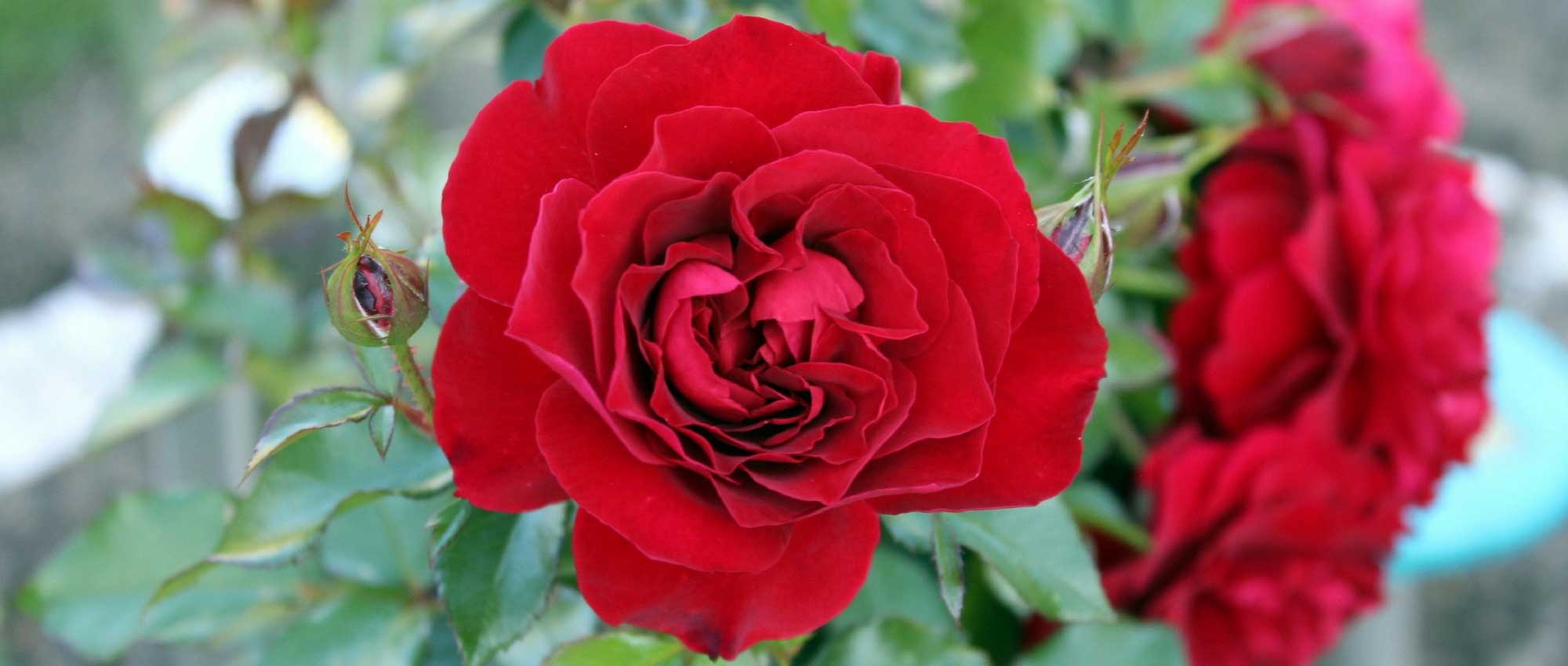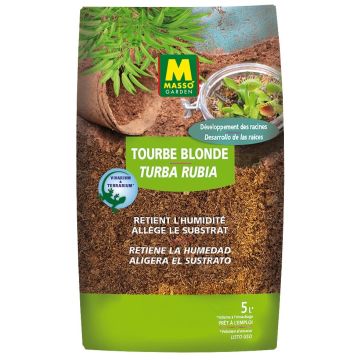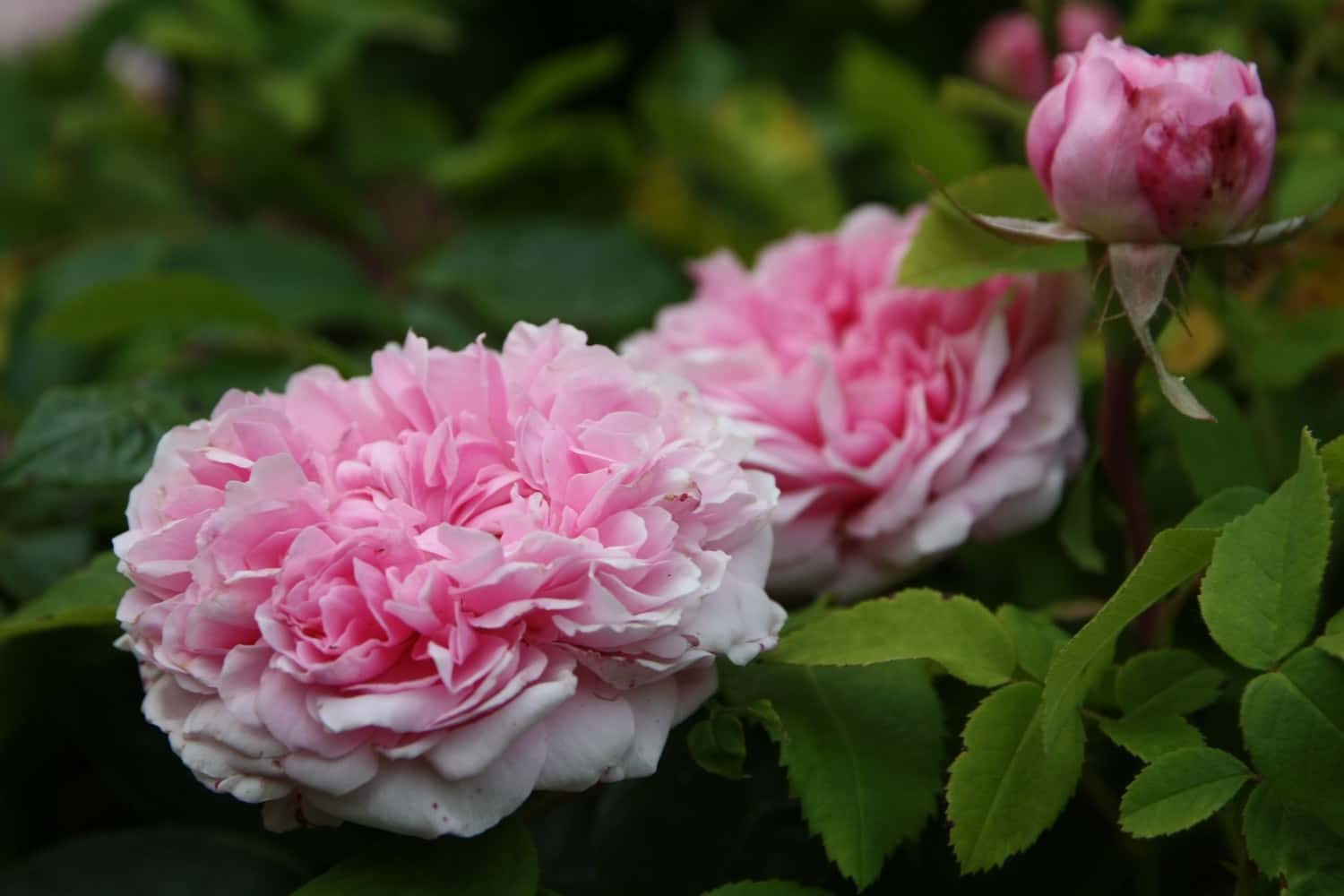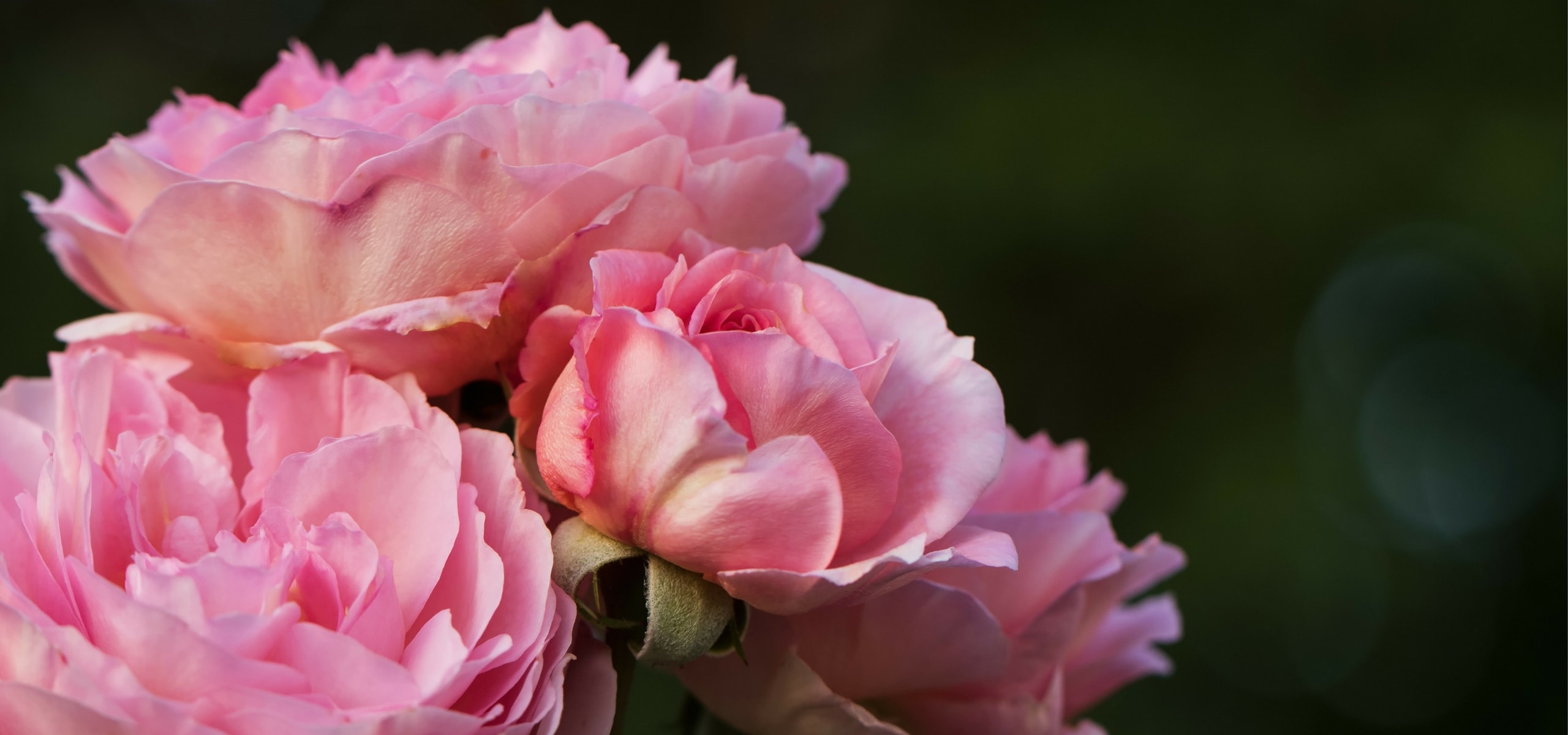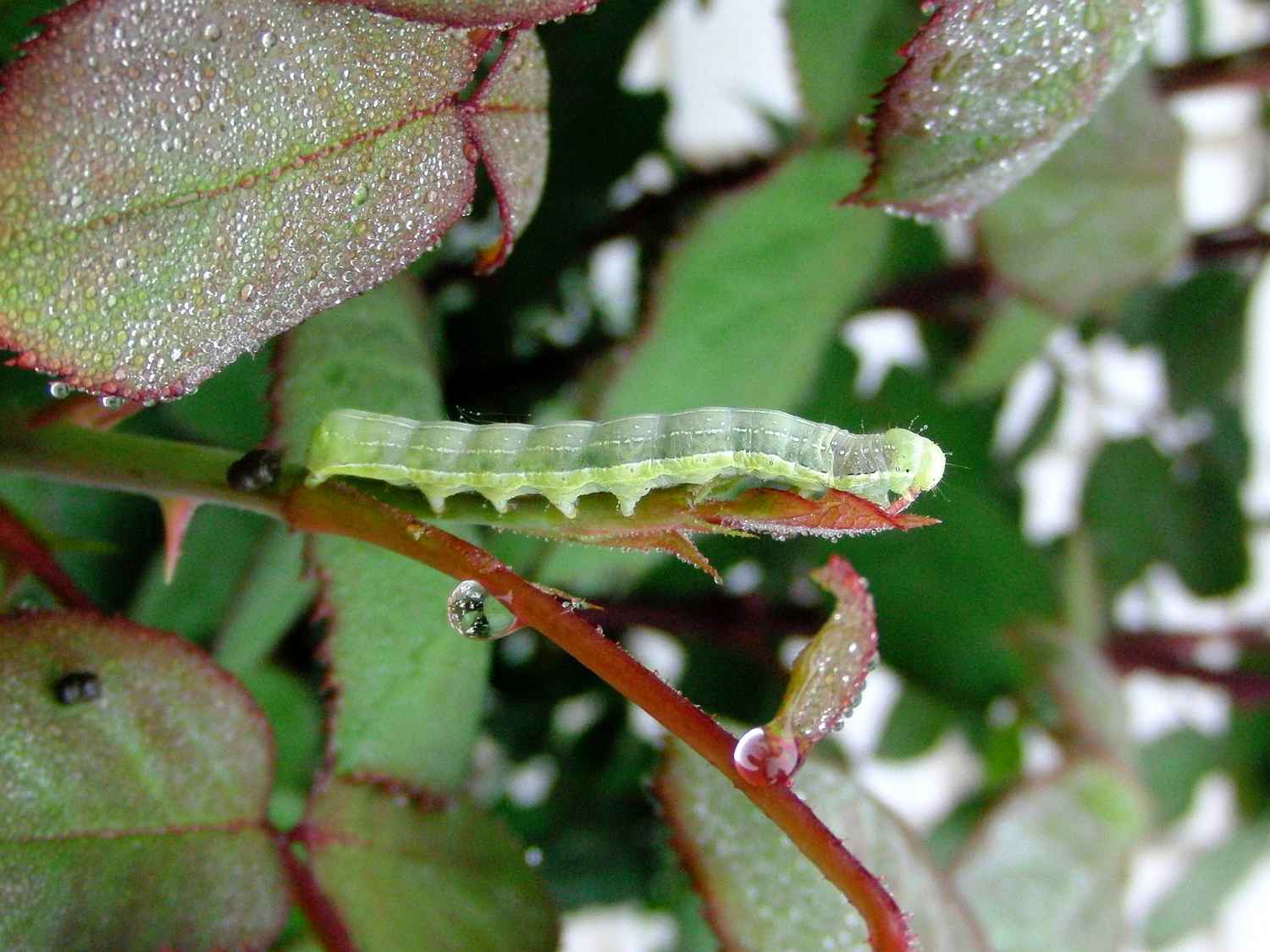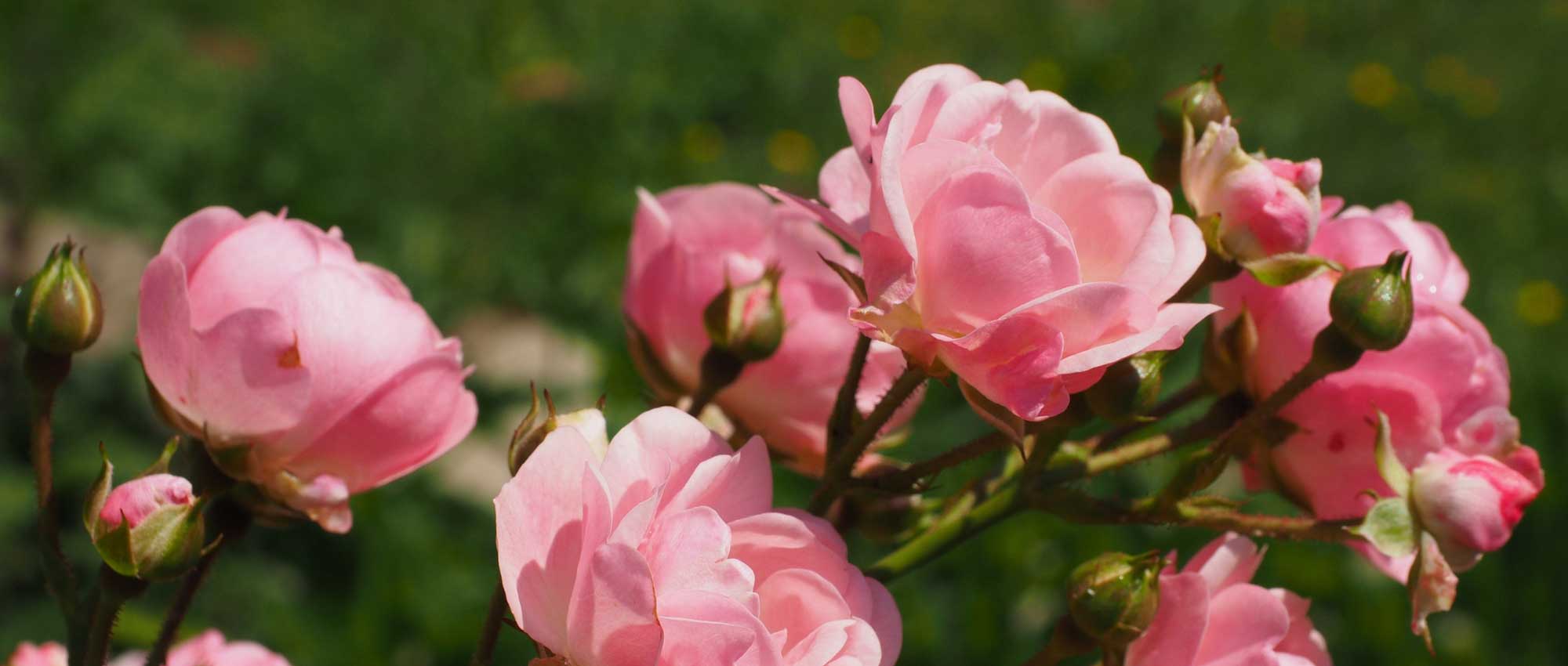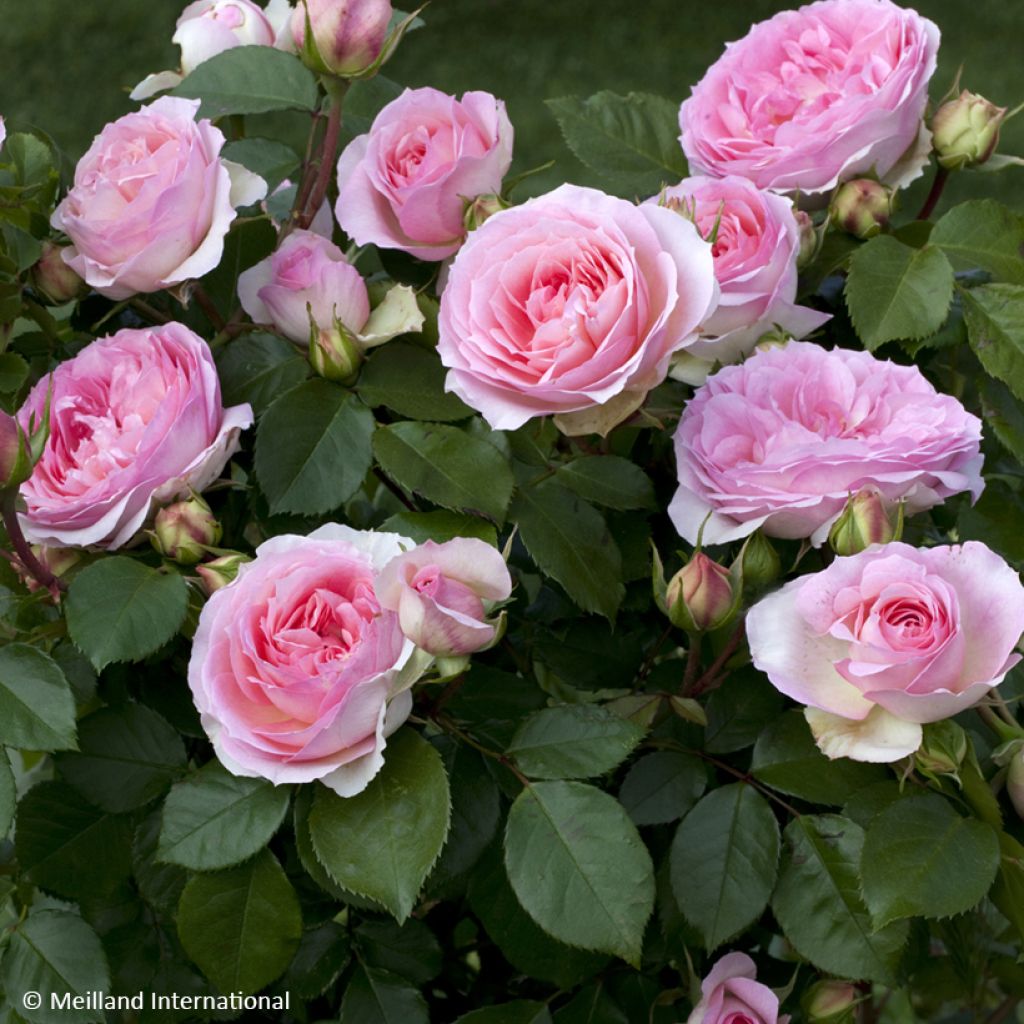

Rosa 'Meisselpier' SOPHIA ROMANTICA® - Rosier Sophia Romantica, Rosier Kurfürstin Sophie
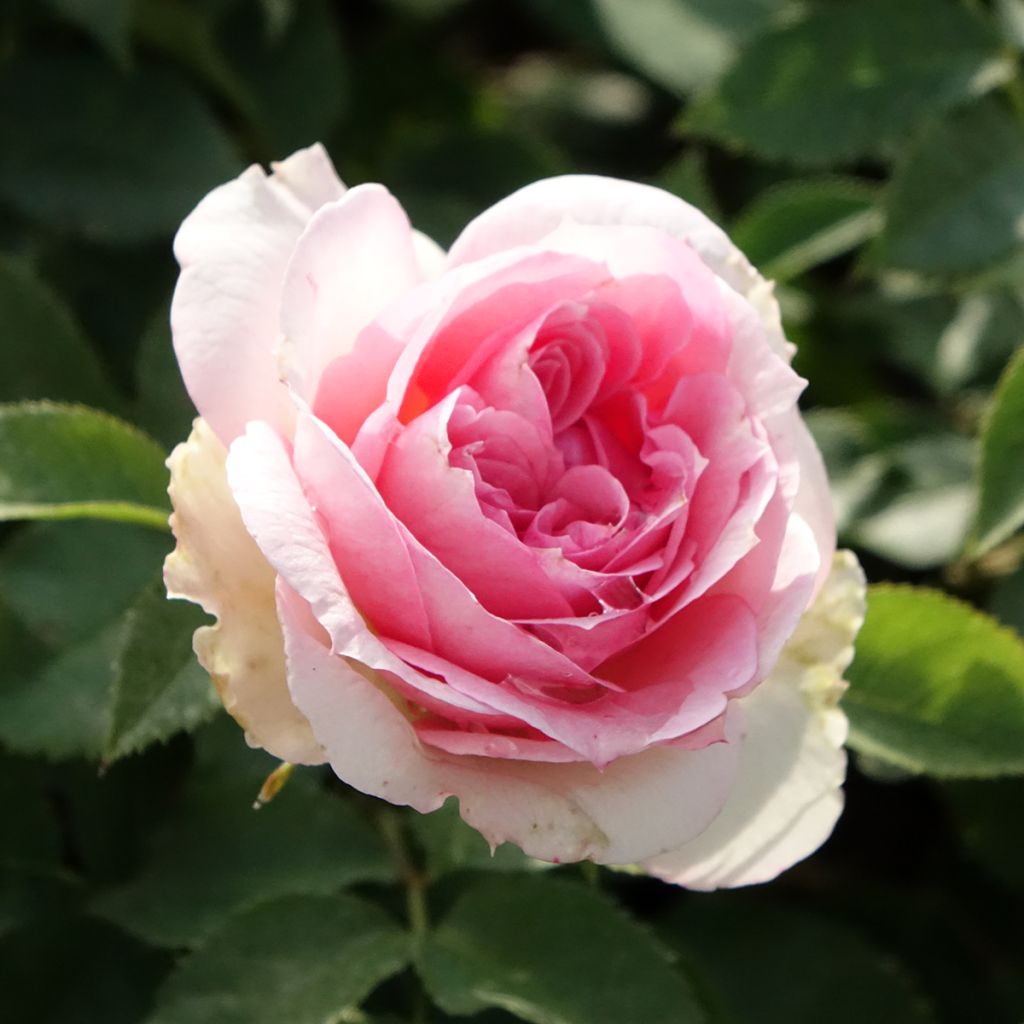

Rosa 'Meisselpier' SOPHIA ROMANTICA® - Rosier Sophia Romantica, Rosier Kurfürstin Sophie
Rosa 'Meisselpier' SOPHIA ROMANTICA® - Rosier Sophia Romantica, Rosier Kurfürstin Sophie
Rosa 'Meisselpier' SOPHIA ROMANTICA®
Rosier Sophia Romantica, Rosier Kurfürstin Sophie
Thank you to the team (for order preparation and shipping), the rose bush I received appears healthy. Planted in the ground, I'm now patiently waiting for it to take root...(or not?).
Thierry, 06/06/2025
Special offer!
Receive a €20 voucher for any order over €90 (excluding delivery costs, credit notes, and plastic-free options)!
1- Add your favorite plants to your cart.
2- Once you have reached €90, confirm your order (you can even choose the delivery date!).
3- As soon as your order is shipped, you will receive an email containing your voucher code, valid for 3 months (90 days).
Your voucher is unique and can only be used once, for any order with a minimum value of €20, excluding delivery costs.
Can be combined with other current offers, non-divisible and non-refundable.
Home or relay delivery (depending on size and destination)
Schedule delivery date,
and select date in basket
This plant carries a 24 months recovery warranty
More information
We guarantee the quality of our plants for a full growing cycle, and will replace at our expense any plant that fails to recover under normal climatic and planting conditions.

Does this plant fit my garden?
Set up your Plantfit profile →
Description
The Sophia Romantica® 'Meisselpier' rose is a charming and highly romantic variety. This compact yet robust bedding rose produces an abundance of bold, double, creamy white and pastel pink flowers that rival old-fashioned roses. This floral display repeats from May until the first frosts. Its glossy, dense and very healthy foliage provides a decorative green backdrop throughout the season.
The Sophia Romantica® 'Meisselpier' rose was grown by Meilland in 2007. It is also marketed under the name of 'Kurfürstin Sophie'®. This bedding rose belongs to the floribunda rose group characterised by their cluster-type flowering. It is part of the Romantica® collection renowned for its varieties producing bold double, fragrant flowers that combine the charm of old roses with the qualities of modern roses.
This rose has a bushy, compact habit, reaching a height of 60-80 cm and a spread of 40-60 cm. Measuring approximately 7 cm in diameter, the blooms are emphatically double with a form reminiscent of old roses, featuring creamy white petals subtly tinged with pastel pink, deepening towards the centre of the corolla. They exude a light, delicate fragrance. Flowering repeats from May until October-November. It will cease with the onset of frosts or during very dry summers. The foliage is dark green, glossy and deciduous: it falls in autumn and regrows the following spring. The stems bear thorns as is typical for most roses.
The Sophia Romantica® 'Meisselpier' rose looks superb in beds or containers on a terrace. Its elegance is enhanced when planted alongside the Astronomia® rose, covered in single, delicate flowers. Add blue tones to the front of your border with the perennial geranium 'Johnson’s Blue' and the scabious 'Butterfly Blue'. Complete the scene with the large double daisy 'Wirral Supreme' and its rustic flowers with ruffled petals.
Rosa 'Meisselpier' SOPHIA ROMANTICA® - Rosier Sophia Romantica, Rosier Kurfürstin Sophie in pictures
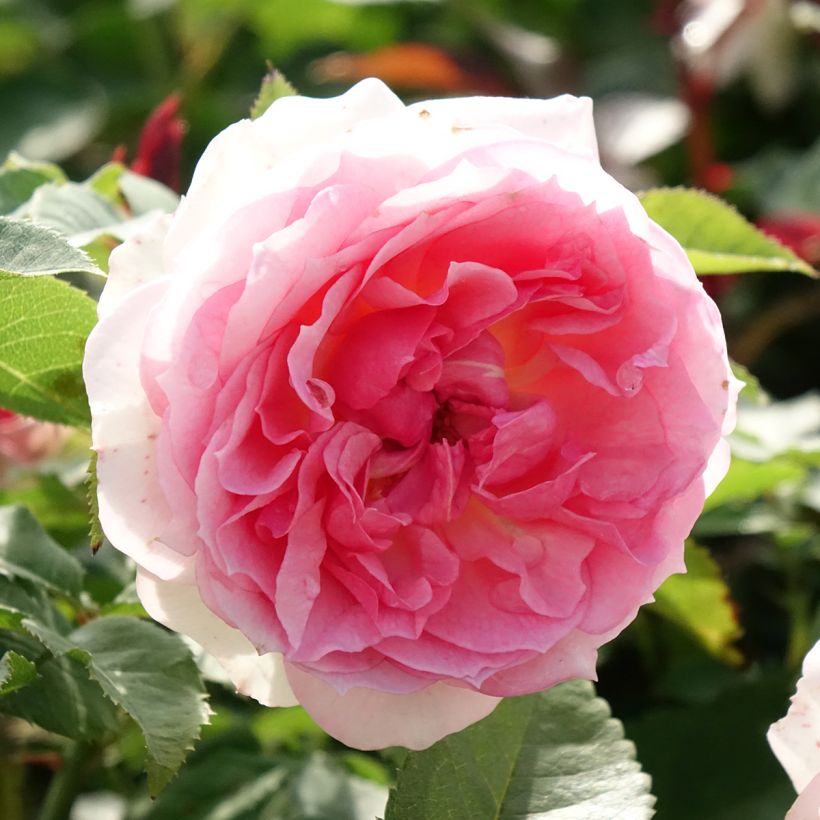

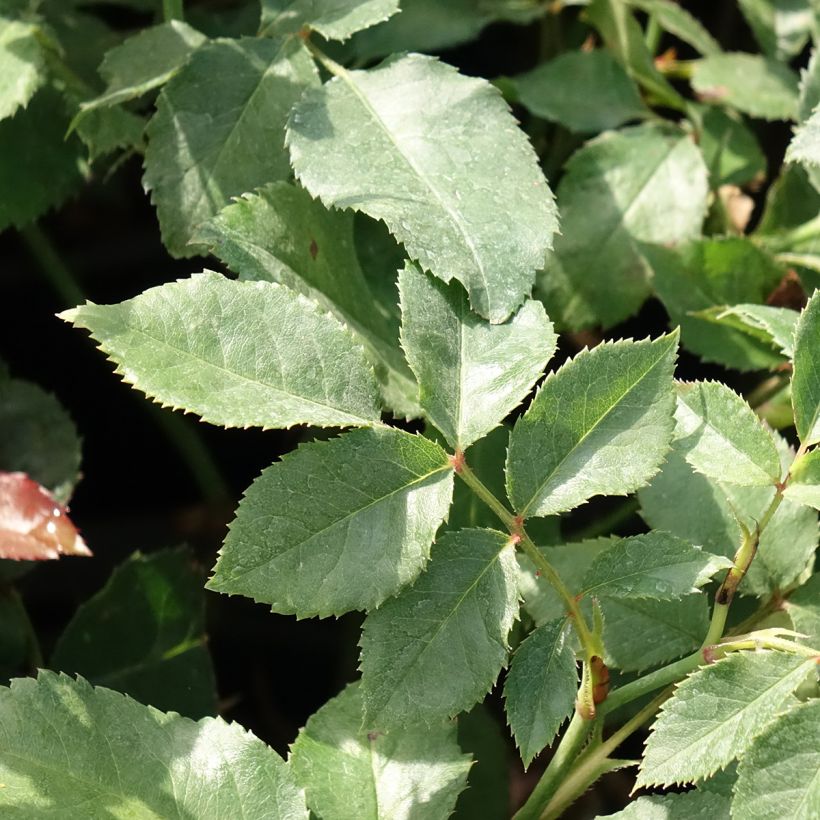

Plant habit
Flowering
Foliage
Botanical data
Rosa
'Meisselpier' SOPHIA ROMANTICA®
Rosaceae
Rosier Sophia Romantica, Rosier Kurfürstin Sophie
Rosa SOPHIA ROMANTICA, Rosa KURFUERSTIN SOPHIE, Rosa 'Meisselpier' KURFÜRSTIN SOPHIE
Cultivar or hybrid
Planting and care
To plant your Sophia Romantica rose, prepare the soil by working it to a depth of 30 cm, breaking up any clumps. At the bottom of the planting hole, add a base fertiliser such as dried blood or dehydrated horn. Place the young plant after removing it from its pot, covering the top of the root ball with 3 cm of soil. Fill in the hole and water thoroughly to eliminate air pockets. During dry weather, water regularly for a few weeks to encourage root establishment. Also consider feeding your rose with a special rose fertiliser to promote flowering. Choose a sunny spot, or partial shade in very hot regions.
Planting period
Intended location
Care
Planting & care advice
-
, onOrder confirmed
Reply from on Promesse de fleurs
Haven't found what you were looking for?
Hardiness is the lowest winter temperature a plant can endure without suffering serious damage or even dying. However, hardiness is affected by location (a sheltered area, such as a patio), protection (winter cover) and soil type (hardiness is improved by well-drained soil).

Photo Sharing Terms & Conditions
In order to encourage gardeners to interact and share their experiences, Promesse de fleurs offers various media enabling content to be uploaded onto its Site - in particular via the ‘Photo sharing’ module.
The User agrees to refrain from:
- Posting any content that is illegal, prejudicial, insulting, racist, inciteful to hatred, revisionist, contrary to public decency, that infringes on privacy or on the privacy rights of third parties, in particular the publicity rights of persons and goods, intellectual property rights, or the right to privacy.
- Submitting content on behalf of a third party;
- Impersonate the identity of a third party and/or publish any personal information about a third party;
In general, the User undertakes to refrain from any unethical behaviour.
All Content (in particular text, comments, files, images, photos, videos, creative works, etc.), which may be subject to property or intellectual property rights, image or other private rights, shall remain the property of the User, subject to the limited rights granted by the terms of the licence granted by Promesse de fleurs as stated below. Users are at liberty to publish or not to publish such Content on the Site, notably via the ‘Photo Sharing’ facility, and accept that this Content shall be made public and freely accessible, notably on the Internet.
Users further acknowledge, undertake to have ,and guarantee that they hold all necessary rights and permissions to publish such material on the Site, in particular with regard to the legislation in force pertaining to any privacy, property, intellectual property, image, or contractual rights, or rights of any other nature. By publishing such Content on the Site, Users acknowledge accepting full liability as publishers of the Content within the meaning of the law, and grant Promesse de fleurs, free of charge, an inclusive, worldwide licence for the said Content for the entire duration of its publication, including all reproduction, representation, up/downloading, displaying, performing, transmission, and storage rights.
Users also grant permission for their name to be linked to the Content and accept that this link may not always be made available.
By engaging in posting material, Users consent to their Content becoming automatically accessible on the Internet, in particular on other sites and/or blogs and/or web pages of the Promesse de fleurs site, including in particular social pages and the Promesse de fleurs catalogue.
Users may secure the removal of entrusted content free of charge by issuing a simple request via our contact form.
The flowering period indicated on our website applies to countries and regions located in USDA zone 8 (France, the United Kingdom, Ireland, the Netherlands, etc.)
It will vary according to where you live:
- In zones 9 to 10 (Italy, Spain, Greece, etc.), flowering will occur about 2 to 4 weeks earlier.
- In zones 6 to 7 (Germany, Poland, Slovenia, and lower mountainous regions), flowering will be delayed by 2 to 3 weeks.
- In zone 5 (Central Europe, Scandinavia), blooming will be delayed by 3 to 5 weeks.
In temperate climates, pruning of spring-flowering shrubs (forsythia, spireas, etc.) should be done just after flowering.
Pruning of summer-flowering shrubs (Indian Lilac, Perovskia, etc.) can be done in winter or spring.
In cold regions as well as with frost-sensitive plants, avoid pruning too early when severe frosts may still occur.
The planting period indicated on our website applies to countries and regions located in USDA zone 8 (France, United Kingdom, Ireland, Netherlands).
It will vary according to where you live:
- In Mediterranean zones (Marseille, Madrid, Milan, etc.), autumn and winter are the best planting periods.
- In continental zones (Strasbourg, Munich, Vienna, etc.), delay planting by 2 to 3 weeks in spring and bring it forward by 2 to 4 weeks in autumn.
- In mountainous regions (the Alps, Pyrenees, Carpathians, etc.), it is best to plant in late spring (May-June) or late summer (August-September).
The harvesting period indicated on our website applies to countries and regions in USDA zone 8 (France, England, Ireland, the Netherlands).
In colder areas (Scandinavia, Poland, Austria...) fruit and vegetable harvests are likely to be delayed by 3-4 weeks.
In warmer areas (Italy, Spain, Greece, etc.), harvesting will probably take place earlier, depending on weather conditions.
The sowing periods indicated on our website apply to countries and regions within USDA Zone 8 (France, UK, Ireland, Netherlands).
In colder areas (Scandinavia, Poland, Austria...), delay any outdoor sowing by 3-4 weeks, or sow under glass.
In warmer climes (Italy, Spain, Greece, etc.), bring outdoor sowing forward by a few weeks.






























